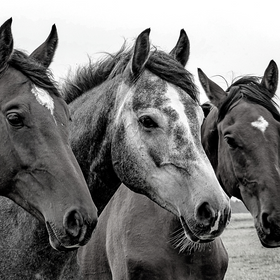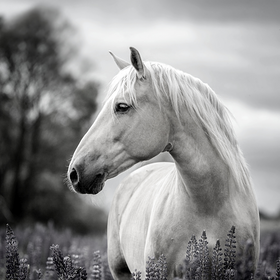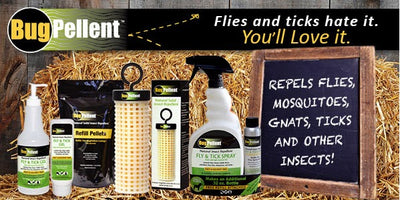
Handling Mud at Your Barn - Without Making a Bigger Mess
Spring is finally here and with the snow melting a lot of horse owners are seeing the mud emerging. Mud is a mess and can be tough on horses and humans. It is a breeding ground for bacteria, parasites, and insects. Mud increases the chances of abscesses, thrush, mud fever, rain scald or strained muscles. It also increases the odds of a lost shoe or a sucked-off muck boot.
Many horse owners would love to skip over mud season entirely and while that is not possible, there are some ways to reduce and sometimes prevent mud in your barn area and pastures. Managing mud and preventing it gives your horse a cleaner, safer, and more sanity environment.
The first step to mud prevention is assessing your horse areas. Watch where the water is draining to and how it moves through your pastures. Is there natural drainage or is the water pooling in certain areas? Mud is more likely to occur in pooling areas and high-traffic areas. If you have a gate in an area where water pools, consider moving the gate to higher ground with better drainage. Gates are common mud holes.
The second step is allowing your pastures time to rest and recuperate. Overgrazing and soil compaction are big contributors to mud. Giving your pastures time to dry out will reduce the chances of mud. This can be challenging in the springtime when pastures stay wet for longer. You can also segment a smaller turnout area on high ground.
Next, check the downspouts on your barn and outbuildings. Make sure the run-off is heading away from high-traffic areas. Alternatively, you can collect roof water in rain barrels for use around the property. This has the added bonus of being a green practice.
For areas where heavy traffic is unavoidable, such as feeding areas, water troughs, and even gates, you may want to consider an all-weather pad. All-weather pads do require an initial investment of time and money, but they can save you a lot of headaches during mud season. Use a material with a high level of drainage for the base. You can use a geotextile fabric over the top of the base. Many horse owners will dig out some of the topsoil before installation, but this is not absolutely necessary.
While these prevention ideas are great, you may already be overrun with mud due to spring thaw. If that is the case, here are a few tips for drying those areas up.
Consider adding crushed rock or gravel to high-traffic or wet areas. This will aid in drainage, reducing the amount of water in the soil and the odds of mud. Some horse owners will also use shavings to absorb water. You will need at least 6” deep shavings throughout the paddock. This can be a bit cost-prohibitive.
If you do not already, muck out your paddocks on a daily basis. The moisture from the manure will contribute to the mud situation. This will also help remove bacteria and potential parasites from the area.





